I’m not sure how long I’ve been doing this–this communing with cloth thing–but I think for maybe 2 years now. And I’m amazed at how my preference for types of cloth and color has changed. I still have a few piles of “new” cloth, somewhere, but I don’t use it–and the re-purposed fabrics I get–at thrift stores, yards sales, etc.–well, I rarely use them just as they are. I tend to do some thing to them–some thing to change the color. Mute it down. Pop it up. Some thing. And here is my latest cloth, still waiting for stitch. An earth guardian. Honoring sun/moon. Holding things in place. Watching over. Protecting heaven and earth. Fabrics all over-dyed or first time dyed in walnut, indigo, onion skin. Some tin can wrapping. Altered for a particular sense of what? Earth? I don’t know. But it’s where I’m pulled these days.
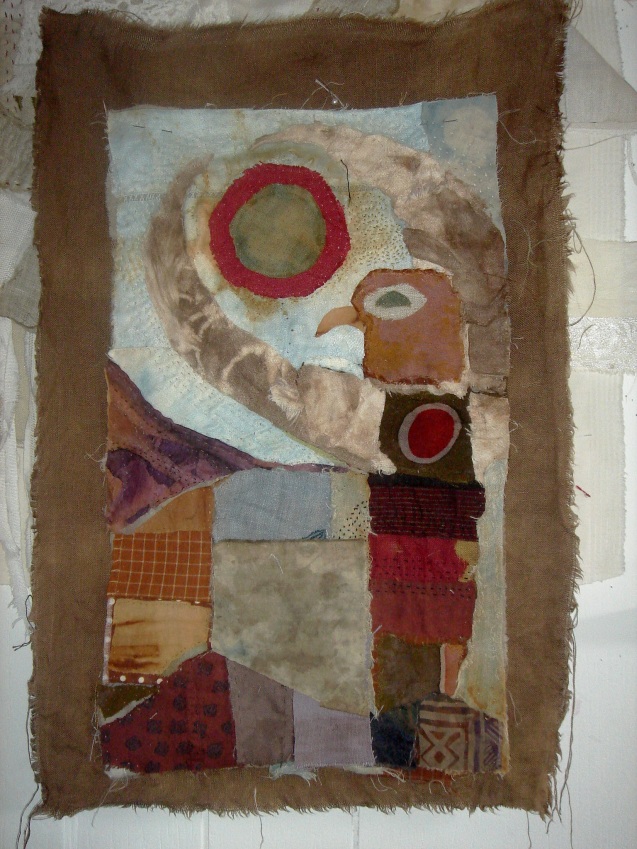
Two months ago I started an indigo fermentation vat. And NO THING happened for weeks. I even put a light on it for a month, stirred it daily, but really just decided it wasn’t going to happen. And then yesterday, when I popped the lid off the container, there it was–that big coppery pile of bubbles on top of the liquid. So I dyed yesterday. With indigo. Simultaneously I was heating a pot of black walnuts on the stove in the kitchen. And I forgot about it in my indigo bliss. Forgot about it until I could SMELL it–and I was quite a ways removed from the kitchen. This was o.k. The windows were open. Fans on. Magic incense burning. But still. An unexpected delivery from Fed Ex. The driver looking at me with a peculiar expression. Sniffing. Looking over my shoulder into the house. Wondering. I resisted the temptation to explain.
But I did dye yesterday. And here is the cloth wet:


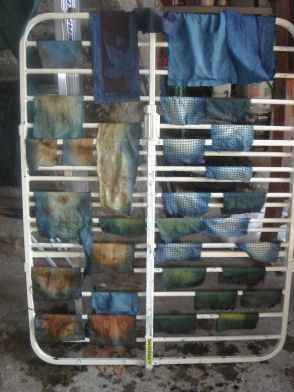
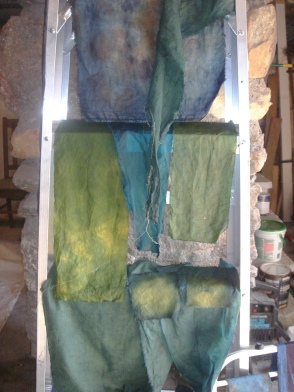
and the finished, dried fabric:





Would have posted yesterday but got side tracked. Two weeks ago I was handed two “cicada seeds” by g-son. To keep. To guard. I always honor those requests, so why I tossed them, I just don’t know. But I did. Threw them away. I vaguely remember that I also crumpled them up first, rather intrigued with the way they crunched, like some food snack. Thought about them, then, as food stuff. But the bottom line was I threw them away.
Yesterday after school, g-son told me he needed them now. Needed the “cicada seeds.” Wanted to use them for a class project. In two days. So would I please bring them tomorrow when I picked him up? O.K. Yes. Hmmmmm. So spent this morning looking for more. And found these three hanging in various places, on the stone wall, the wooden fence, and one tangled in a spider’s web. Good. This is good. “Cicada seeds.” Yes.

Sitting on top of just dried fabric. Black walnut. And here’s some of the black walnut dyed fabric from yesterday.
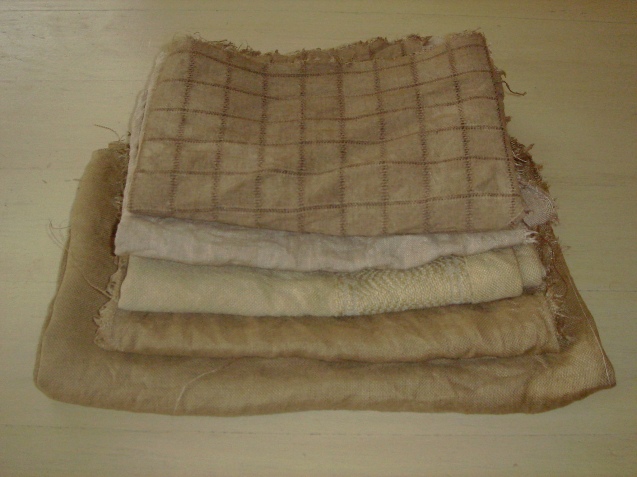
Tags: black walnut, cicadas, indigo, tin can wrapping


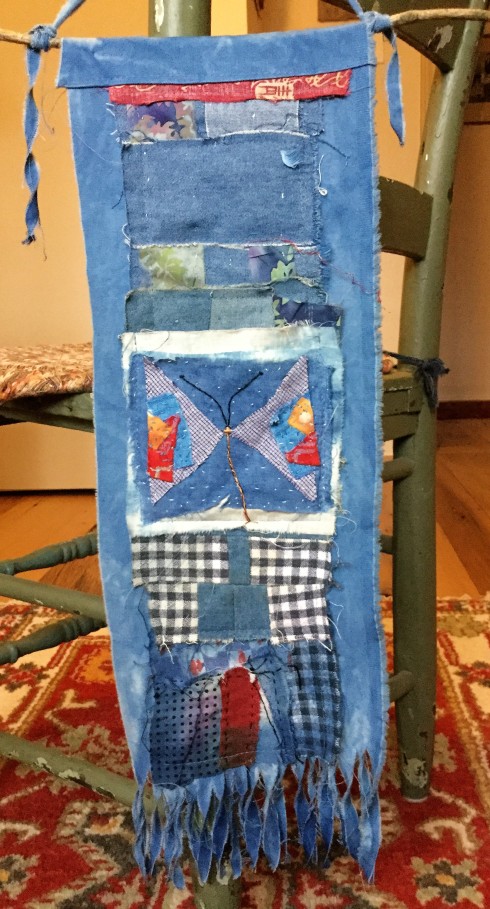
 This what-might-look-like-a rag pile is actually my hoard of earthly, material treasures. (No pun intended.) Things I would grab if leaving home in a hurry. On that little couch, and the shelves that surround it, I find remnants of work from the last ten or so years. Natural dyed fabric experiments, hand-dyed indigo shibori pieces, pieces of slow cloth that I labored over so intensely, eco print fabrics, pieces of silk hand dyed and ecoprinted, needle felted wool, etc. And this is where I go, these mornings of late, when I begin the prayer flag of the day.
This what-might-look-like-a rag pile is actually my hoard of earthly, material treasures. (No pun intended.) Things I would grab if leaving home in a hurry. On that little couch, and the shelves that surround it, I find remnants of work from the last ten or so years. Natural dyed fabric experiments, hand-dyed indigo shibori pieces, pieces of slow cloth that I labored over so intensely, eco print fabrics, pieces of silk hand dyed and ecoprinted, needle felted wool, etc. And this is where I go, these mornings of late, when I begin the prayer flag of the day.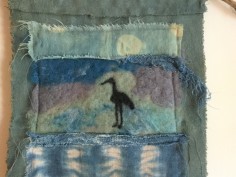
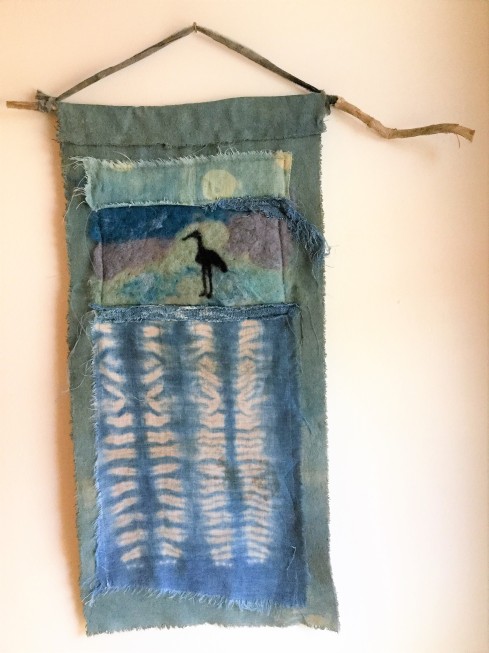

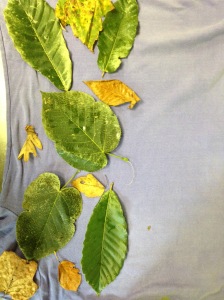
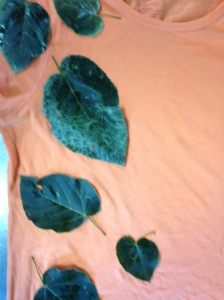

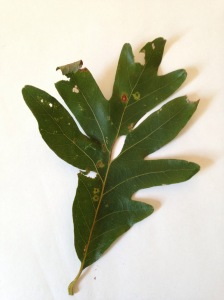




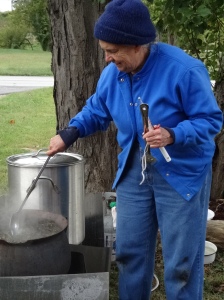
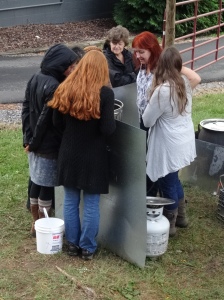




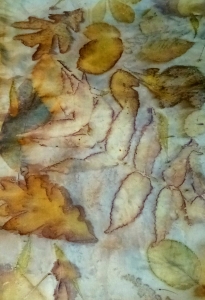

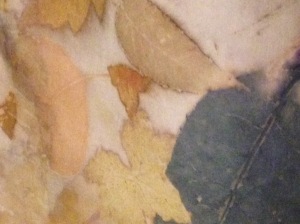
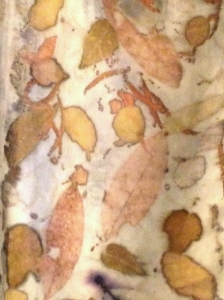




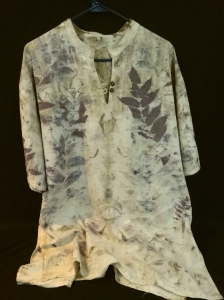
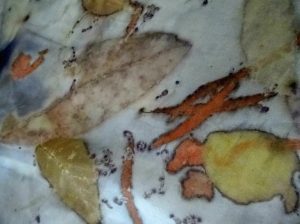
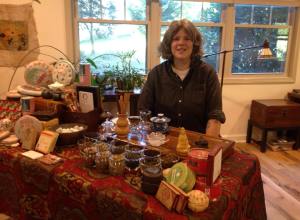



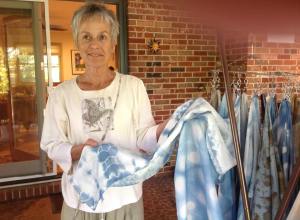



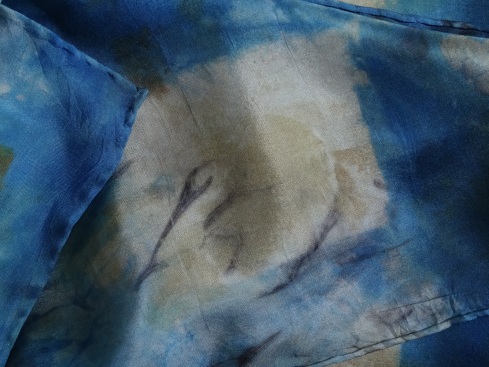


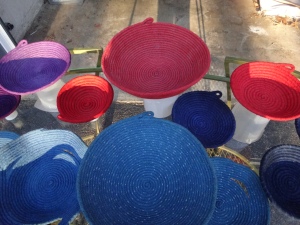


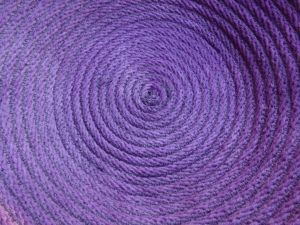
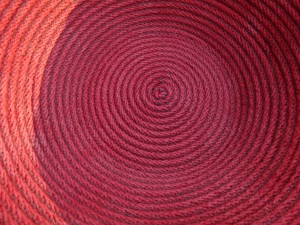
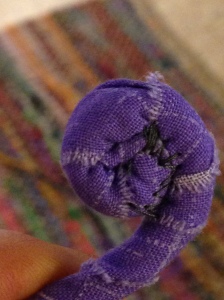

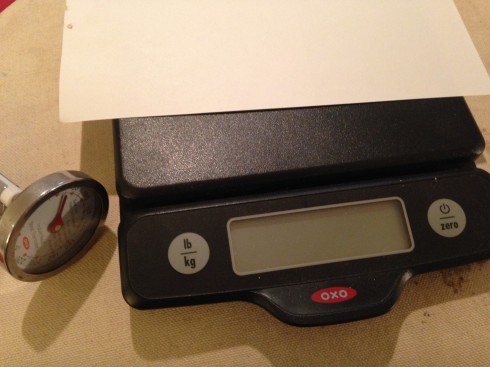
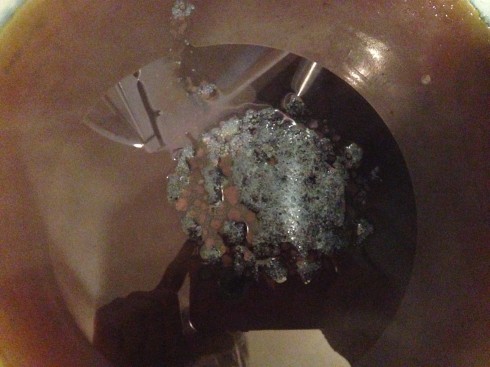
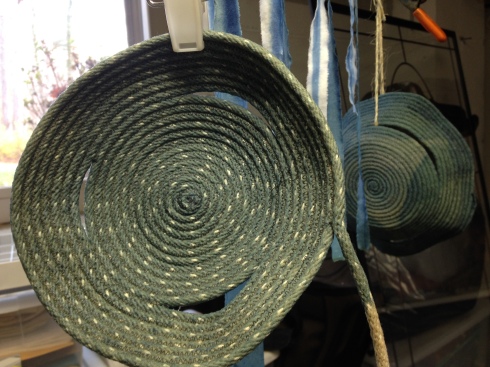
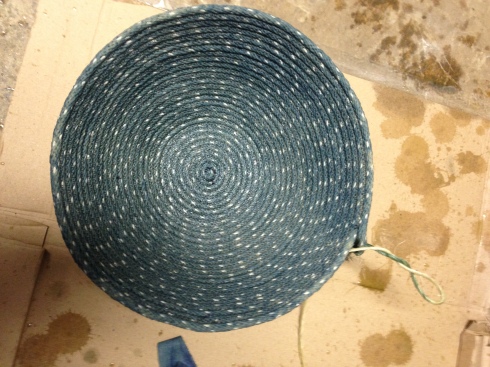

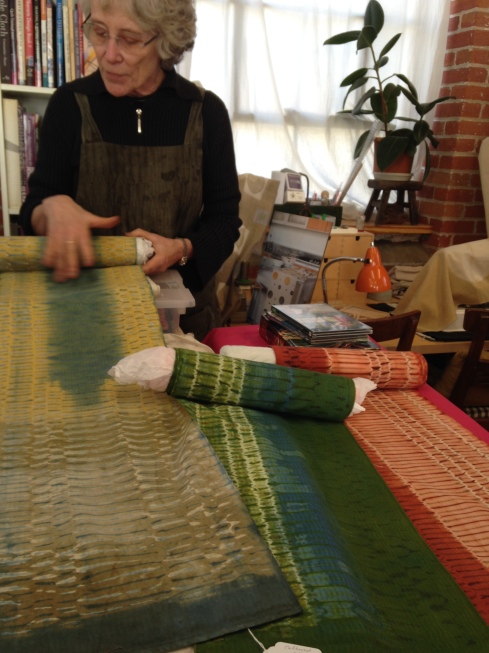

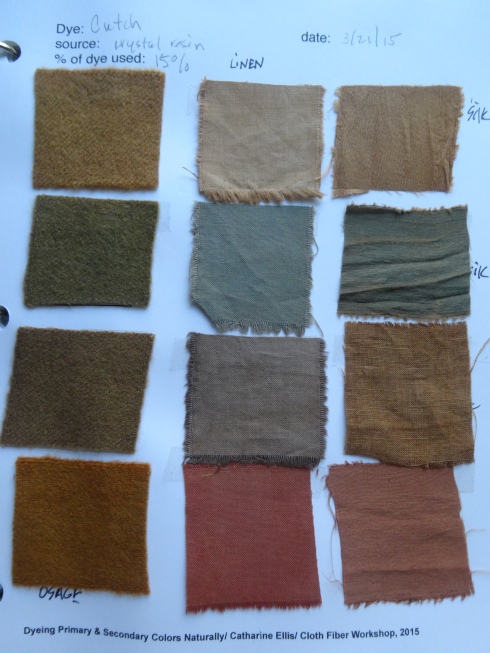
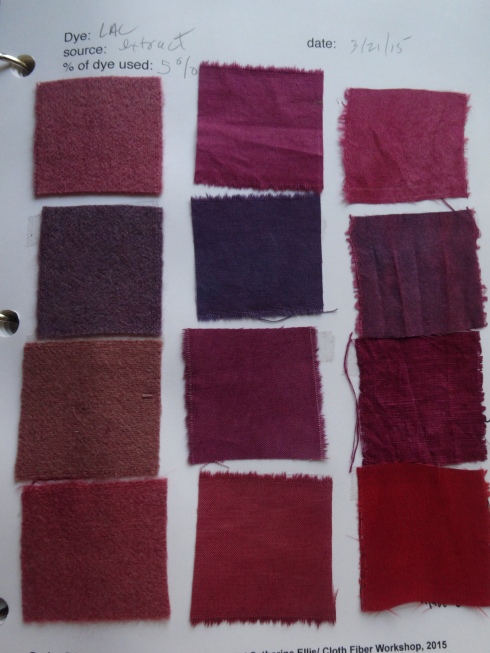

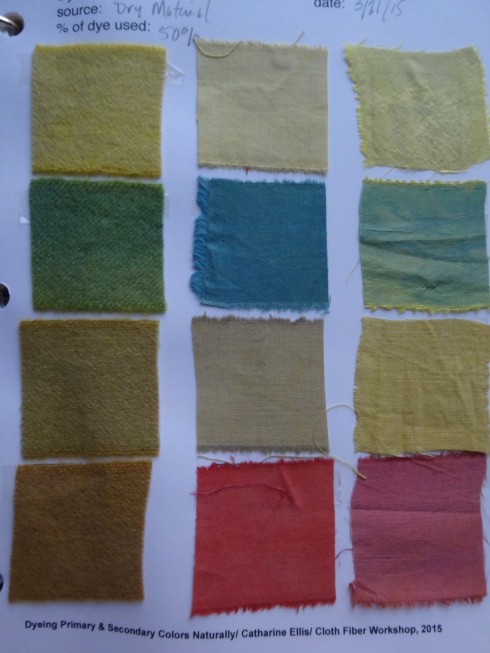
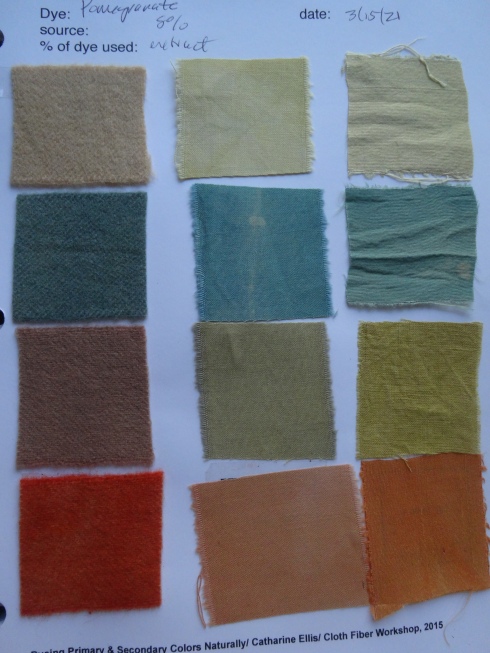














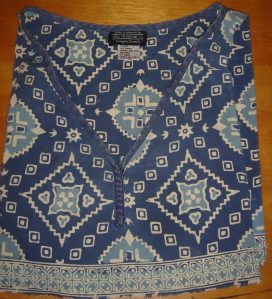
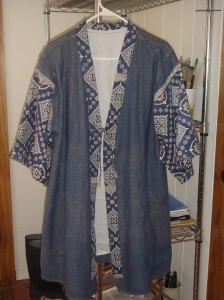
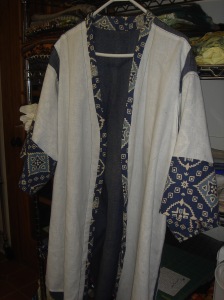


Comments